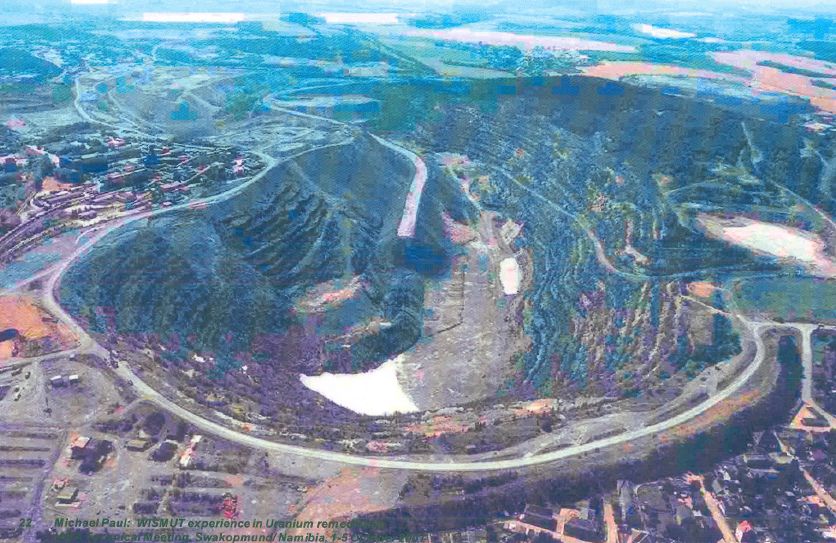1. Introduction
Radiological contaminated sites continue to exist all over the world. They were originated by past activities that were never subject to regulatory control or that were regulated, but not in accordance with prevailing international standards including those formulated by the IAEA. Contaminated sites may have also resulted from nuclear and/or radiological accidents. These sites can lead to the expose of members of the public to ionizing radiation resulting in negative health effects in the exposed population.
To achieve a comprehensive characterization of environmental problems, many factors have to be taken into account and only designing a proper assessment program including interdisciplinary approach can provide a proper interpretation and contribute to solve a particular problem. At different stages of any environmental assessment large amount of data on the nature, concentration and distribution pathways of the investigated contaminants of concern is required. In order to investigate, control and regulate a contaminated site the possibility to perform screening surveys of the contaminated sites using in-situ techniques is an important alternative allowing to improve the sampling strategies and to reduce the costs of the analytical survey.

Lichtenberg open pit (2006)